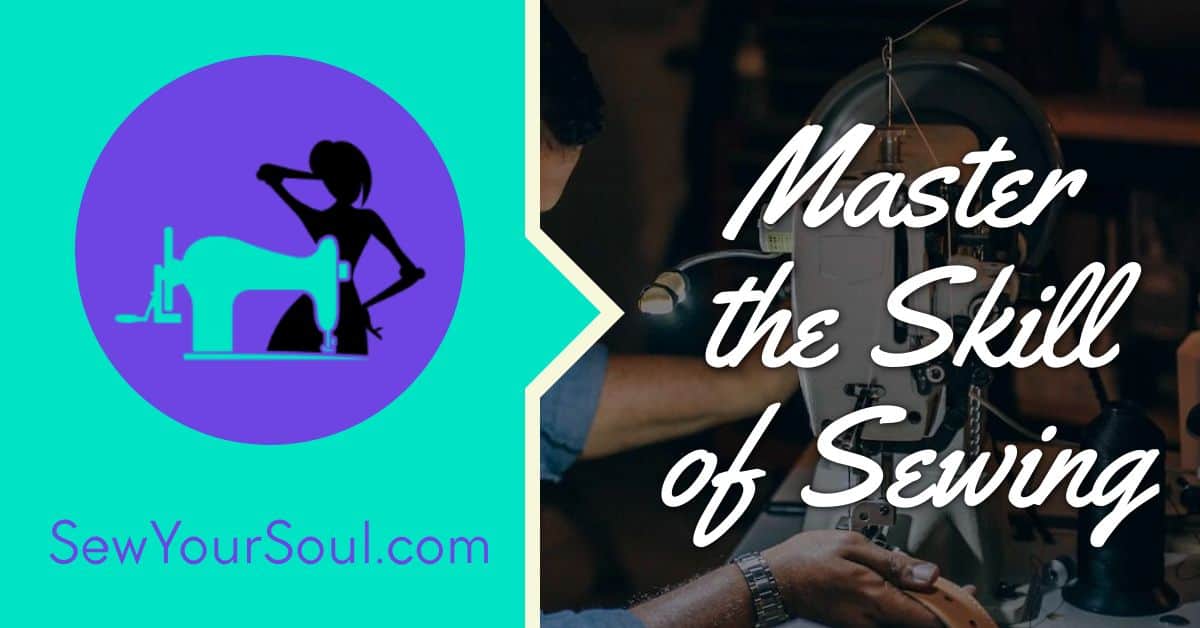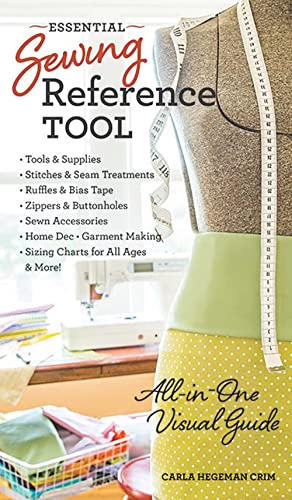Ever felt the thrill of creating something beautiful with just a needle and thread? Sewing can be an incredibly rewarding hobby, whether you’re mending clothes or crafting unique garments from scratch. But to truly enjoy the process and achieve the best results, you need the right tools at your disposal.
Essential Tools for Sewing
Having the right tools can make your sewing projects smoother, more accurate, and enjoyable. Here’s a list of the must-have tools for any sewing enthusiast.
Cutting Tools
Scissors, rotary cutters, and pinking shears are essential for precise fabric cutting. Use fabric scissors, specifically made for cutting fabric, for clean edges and to avoid snags. Rotary cutters come in handy for quick, straight cuts, especially on long fabrics with the aid of a cutting mat. Pinking shears add a zigzag pattern, preventing fabric fraying, ideal for unfinished edges. Quality cutting tools simplify your tasks and improve project outcomes.
Measuring Tools
Accurate measurements lead to better-fitting garments and precise fabric cuts. Tailor’s tape, rulers, and seam gauges are key tools. A tailor’s tape, flexible for easy body measurements, is crucial for accurate sizing. Rulers, especially clear ones with grid lines, help with straight cuts and precise markings. Seam gauges, with movable markers, make it easy to measure seam allowances and hems. Investing in good measuring tools ensures your creations fit well and look professional.
Sewing Machines
A reliable sewing machine is a cornerstone in your sewing toolkit. Machines vary in features and complexity, from basic models to advanced ones with multiple stitch options, embroidery functions, and automatic buttonholes. Basic machines cover straightforward tasks like stitching and hemming, while more advanced models offer versatility in decorative stitching and complex projects. Choosing a machine that fits your needs ensures smoother and more creative sewing experiences.
Advanced Sewing Tools
For those looking to elevate their sewing projects, advanced sewing tools are essential.
Specialized Sewing Machines
Specialized sewing machines offer specific functions like embroidery, quilting, and serging. Embroidery machines, for example, allow you to create intricate designs and patterns with ease. Quilting machines are built to handle thicker fabrics, providing extra space for large projects. Sergers, or overlock machines, finish edges and seams neatly, adding a professional touch to your garments. Each machine type enhances your capabilities, making complex tasks more manageable and enjoyable.
Needles and Pins
High-quality needles and pins are vital for advanced sewing. Various needle types cater to different fabrics and tasks. Universal needles work for most materials, while ballpoint needles are best for knits. Sharp needles penetrate tightly woven fabrics like silk, and embroidery needles have a larger eye for thicker threads.
Pins come in different types as well. Glass head pins are heat-resistant, making them ideal for ironing. Quilting pins are longer and stronger to hold multiple layers of fabric. Using the right pins and needles ensures precision and protects your materials from damage.
Choosing the Right Sewing Tools
Selecting the right sewing tools can make all the difference in the success and enjoyment of your sewing projects. Next, we’ll explore key factors to consider and specific recommendations for essential sewing tools.
Factors to Consider
Project Type
Identify the type of project you’re working on. Different projects require different tools. For instance, quilting needs a rotary cutter, while garment construction benefits from high-quality dressmaker shears.
Skill Level
Choose tools matching your skill level. Beginners might find basic tools like a standard sewing needle and universal presser foot sufficient. Advanced sewers may require specialized needles, presser feet, and accessory kits.
Material
Consider the fabric. Lightweight fabrics like silk need fine needles and sharp scissors, while heavier fabrics like denim require thicker needles and heavy-duty scissors.
Budget
Balance quality and cost. Investing in high-quality tools provides long-term benefits by ensuring durability and performance, although budget options are available for beginners.

Recommendations
Scissors and Rotary Cutters
- Dressmaker Shears: Ideal for cutting fabric with precision.
- Embroidery Scissors: Small and sharp for intricate cuts.
- Rotary Cutters: Perfect for straight, clean cuts on fabric, especially useful in quilting.
Measuring Tools
- Tape Measure: Flexible, ideal for measuring curved surfaces.
- Yardstick: Provides accuracy for longer measurements.
- Seam Gauge: Essential for marking hems and seam allowances.
Needles and Pins
- Universal Needles: Suitable for most woven fabrics.
- Ballpoint Needles: Best for knit fabrics, preventing snags.
- Glass Head Pins: Heat-resistant pins that won’t melt under an iron.
- Walking Foot: Helps feed multiple layers of fabric evenly, great for quilting.
- Zipper Foot: Essential for sewing in zippers.
- Embroidery Foot: Designed for free-motion embroidery and darning.
Selecting the right tools tailored to your specific needs and projects significantly enhances your sewing experience. Focus on the type of project, skill level, and materials to choose appropriately.
Maintenance of Sewing Tools
Proper maintenance of your sewing tools ensures longevity and optimal performance, making your sewing projects enjoyable and efficient.
Cleaning and Storage
Regular cleaning and organized storage directly impact the lifespan of your sewing tools. Dust and lint accumulation in sewing machines can cause malfunction. Use a small brush to remove debris in the bobbin area and around the needle. For cutting tools like scissors and rotary cutters, keep blades clean and free from adhesive residues by wiping them with a cloth dipped in alcohol. Store all tools in a dry, moisture-free environment to prevent rust and damage. Use designated compartments or cases for needles, pins, and presser feet to maintain order and accessibility.
Sharpening and Replacing
Sharpen and replace tools as needed to ensure precise and efficient work. Scissors and rotary cutters lose sharpness over time, leading to jagged cuts. Sharpen with a honing stone specifically designed for sewing tools or replace the blades when signs of dullness appear. Test cutting tools periodically on scrap fabric to ensure they perform well. Replace sewing machine needles regularly; a rule of thumb is to switch them after every eight hours of sewing or when they show signs of bending or dullness. This practice prevents fabric damage and maintains stitch quality.
By maintaining and regularly checking your sewing tools, you ensure they function effectively, aiding in the successful completion of your projects.
Conclusion
« 10 Must-Try Sewing Beginners Projects That Will Boost Your Skills Fast
How Much Does a Sewing Machine Cost? Uncover the Surprising Factors and Best Buys »
Embarking on your sewing journey with the right tools can make all the difference. Whether you’re a beginner or an advanced sewist, having the right equipment tailored to your needs enhances your creativity and efficiency. Remember to choose tools that suit your projects, skill level, and budget. Regular maintenance ensures your tools remain in top condition, ready to help you bring your sewing visions to life. Happy sewing!













